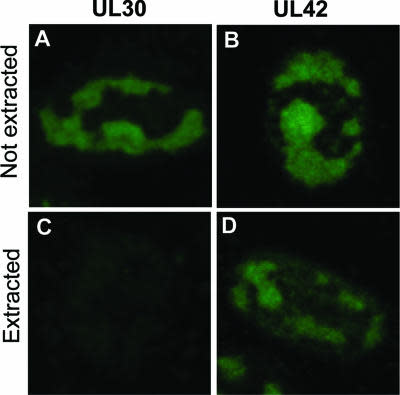
Cat. #162122
Humanised GITR knockin mouse
Cat. #: 162122
Sub-type: Mouse
Disease: Autoimmune disease;Autoimmunity;Inflammation
Model: Knock-in
This fee is applicable only for non-profit organisations. If you are a for-profit organisation or a researcher working on commercially-sponsored academic research, you will need to contact our licensing team for a commercial use license.
Contributor
Inventor: Mark Cragg
Institute: University of Southampton
Tool Details
*FOR RESEARCH USE ONLY
- Tool name: Humanised GITR knockin mouse
- Tool sub type: Mouse
- Disease: Autoimmune disease;Autoimmunity;Inflammation
- Model: Knock-in
- Conditional: No
- Description: A knock-in mouse model expressing human GITR extracellular domain and mouse GITR transmembrane and intracellular domains. The resulting mouse expresses a receptor to which anti-human GITR antibodies bind but which still engage with the mouse intracellular signalling machinery. Homozygous KI mice are KO for mouse GITR. Heterozygous mice express one human allele and one mouse allele. This mouse model was designed to assess the activity of a series of novel monoclonal antibodies targeting human Glucocorticoid-induced TNFRrelated protein.
- Production details: A 926 base pair hGITRKI genetic construct was inserted at base pair 45 of exon 1 of the mouse Tnfrsf18 gene, meaning the transgene should be under the same transcriptional regulation as mGITR. The construct encodes for a molecule with an extracellular domain derived from hGITR coupled to a transmembrane and cytoplasmic domain derived from mGITR. This ensures that, whilst these mice expressed the hGITR protein, downstream GITR signalling pathways, and activation was maintained. Insertion of the construct also disrupts mGITR gene expression on this allele, in effect producing a simultaneous mGITR knock-out at each allele it is introduced.
Target Details
- Target: hGITR
- Target background: GITR a TNFR can act as a co-stimulatory receptor, stimulating both innate and acquired immune response




